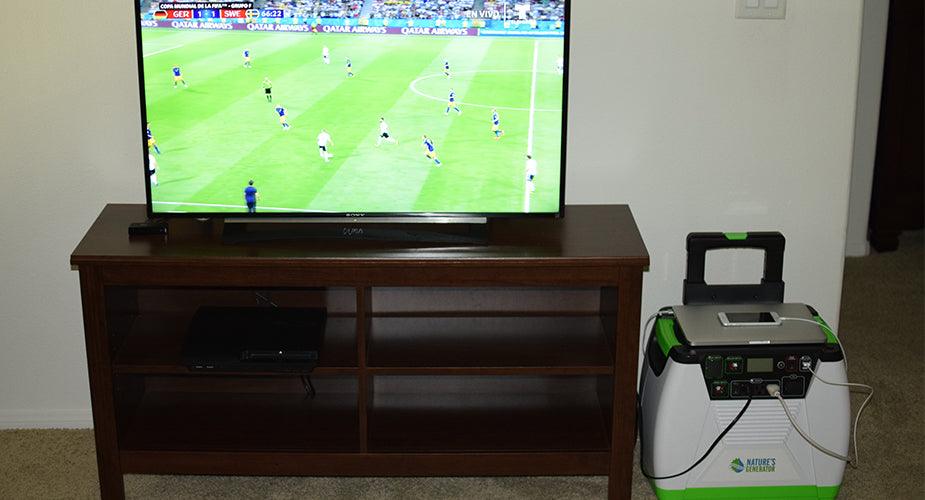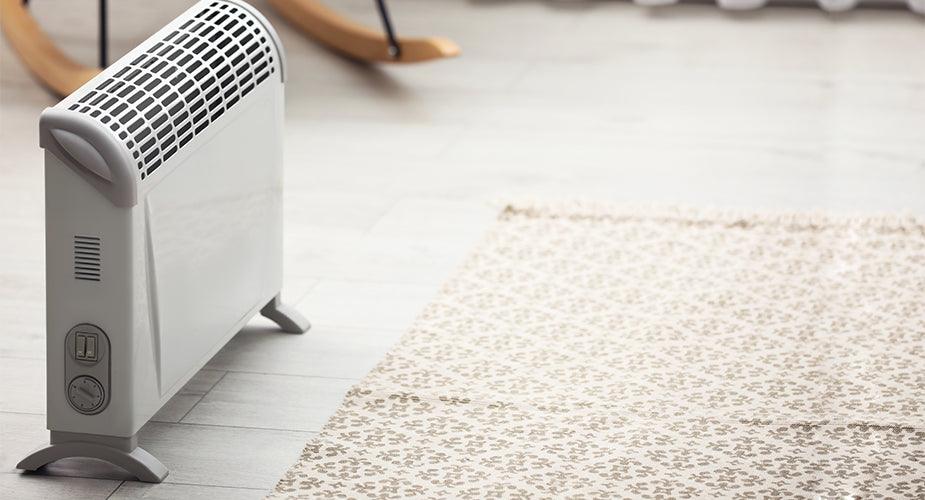A lot of people have been reaching out to me lately, asking about solar panels— especially with the growing trend of green energy in 2024. One of my close friends actually called me last week, completely overwhelmed, asking: "How many solar panels do I need for my house?", a common question asked by homeowners venturing into solar power. Switching to solar power is a wise financial and environmental decision, but figuring out how many solar panels you need can feel daunting. There are various factors influencing the number of panels you’ll require, from your home’s size down to your energy consumption patterns.
We'll walk through some simple steps to calculate how many solar panels you need, factoring in details that might affect your setup. By the end, you'll have a clearer idea of your solar panel requirements —whether you're ready to install them now or planning for next year!

Understanding Your Energy Usage
To determine how many solar panels you need, start by looking at your home’s annual energy consumption. This information is typically found on your electric bill and is measured in kilowatt-hours (kWh). According to the U.S. Energy Information Administration (EIA), the average American household consumes about 10,791 kWh per year. However, your usage might be higher or lower depending on various factors like climate, the efficiency of your home, and your daily habits.
For a more precise estimate, review your past year's electric bills to calculate your average monthly and yearly energy consumption. This baseline figure will be crucial as you move forward with your solar panel needs.
How to Calculate How Many Solar Panels You Need
Step 1: Determine Your Annual Energy Consumption
First, calculate your home's annual energy usage in kilowatt-hours (kWh). If your average monthly usage is 900 kWh, for example, your yearly usage would be 900 kWh * 12 = 10,800 kWh.
Want to know how much electricity does the average household use? Click here.
Step 2: Consider Your Location and Solar Production Ratio
One thing that most people should know is that solar power can work almost anywhere. Even if you live in the Pacific Northwest, where sunshine isn’t always guaranteed, especially in winter, with the right setup and understanding of how solar works, you can still make it effective in less sunny places. Whether you're in the sun-drenched streets of Arizona or under the overcast skies of Oregon, determining your solar production ratio ensures you have an efficient system tailored to your geographic location.
The solar production ratio is the number of kWh a solar system generates per kW of solar panels installed. In the U.S., production ratios typically range from 1.3 to 1.6. For example, in sunny California, your solar system might have a production ratio of 1.5, meaning for every 1 kW of solar panels, you'll produce 1,500 kWh annually.
Do solar panels need direct sunlight? Learn more here.
Step 3: Calculate the System Size You Need
Now, divide your annual energy consumption by your location's production ratio to find out the size of the solar system you need in kilowatts (kW).
For example, if your annual energy usage is 10,800 kWh and your location’s production ratio is 1.5, the required system size would be:
System size (kW) = 10,800 kWh ÷ 1.5 = 7.2 kW
Step 4: Estimate the Number of Panels
Finally, divide the system size by the wattage of the solar panels you’re considering. Most solar panels today are rated between 350-400 watts. For this example, let’s assume 400-watt panels:
Number of panels = 7.2 kW (or 7,200 watts) ÷ 400 watts per panel = 18 panels
So, in this example, you would need approximately 18 solar panels to cover your energy needs.

Considering Your Home Size
The size of your home gives a rough estimate of energy consumption, though the actual number of solar panels needed will vary based on factors like insulation, energy efficiency, and usage patterns.
For an average 2,000 sq ft home in the U.S., the annual electricity consumption typically ranges between 9,000 kWh to 12,000 kWh. Assuming you need a 7.5 kW system (which falls in the middle of that range), and you’re using 400-watt panels:
7.5 kW system ÷ 400 W panels = 18.75 panels
In this case, you would need around 19 solar panels to power a 2,000 sq ft home.
For larger homes, such as those measuring 3,000 sq ft, the energy consumption increases. Typically, these homes use between 14,000 kWh to 18,000 kWh annually. Using similar calculations:
If you need a 10 kW system and are using 400-watt panels:
10 kW system ÷ 400 W panels = 25 panels
Therefore, a 3,000 sq ft home may require around 25 solar panels.
Additional Factors to Consider
Roof Space and Orientation
Your solar panel requirement may also depend on the available roof space and its orientation. Larger homes generally have more roof space, but factors like roof pitch, shading from trees or nearby structures, and the direction your roof faces (south-facing is ideal in the northern hemisphere) can all impact solar panel efficiency. If your roof has limited space, you may need to consider higher-efficiency panels to maximize energy production.
Solar Panel Efficiency
The efficiency of your solar panels also matters. More efficient panels produce more electricity in the same amount of space. If your roof space is limited, consider investing in higher-efficiency panels, which can generate more power per square foot.
Energy Usage Patterns
Consider how your energy consumption might change in the future. Are you planning to add an electric vehicle or other energy-intensive appliances? If so, you’ll need to factor in those additional energy demands when calculating the size of your solar system.
Local Solar Incentives
Don’t forget to research solar incentives and tax credits available in your area. The federal solar tax credit, for example, currently allows you to deduct 30% of the cost of installing a solar energy system from your federal taxes. Some states and municipalities offer additional rebates or incentives that can significantly reduce your overall costs.
Discover the average cost of solar panels in this article.

Battery Storage
If you’re considering battery storage for your solar system, this can impact the number of panels you need. Batteries allow you to store excess energy for use during cloudy days or at night. While batteries add to the upfront cost, they provide energy independence and backup power during outages.
Why Leave It to the Pros?
Choosing the right contractor is essential when installing solar panels. You want someone certified with a strong reputation. Although DIY projects can be tempting, solar installations are best left to professionals for safety, efficiency, and regulatory reasons.
For professional guidance and product recommendations, check out Nature’s Generator and their range of expandable solar systems. Contact their team for more information and tailored advice.
Key Takeaways
- The number of solar panels you need depends on your home's energy consumption, location, and the efficiency of the panels you choose.
- For a 2,000 sq ft home, you may need around 18-19 panels, while a 3,000 sq ft home might require approximately 25 panels.
- Factors like roof space, panel efficiency, energy usage patterns, and local incentives can also influence the number of panels needed.
- Calculating the correct system size involves understanding your energy consumption, using your location’s solar production ratio, and choosing the right panel wattage.
By considering these factors and conducting thorough research and calculation, you can confidently answer the question, "How many solar panels do I need?" and ensure your system is optimized for long-term energy savings.
* We want to give credit where credit is due. Professional writer, Michelle Ann Gamana, contributed research and content to this blog titled: How Many Solar Panels Do I Need? (2024 Guide) Thank you, Michelle, for your contributions!






 10,000W LIFEPO4
10,000W LIFEPO4









